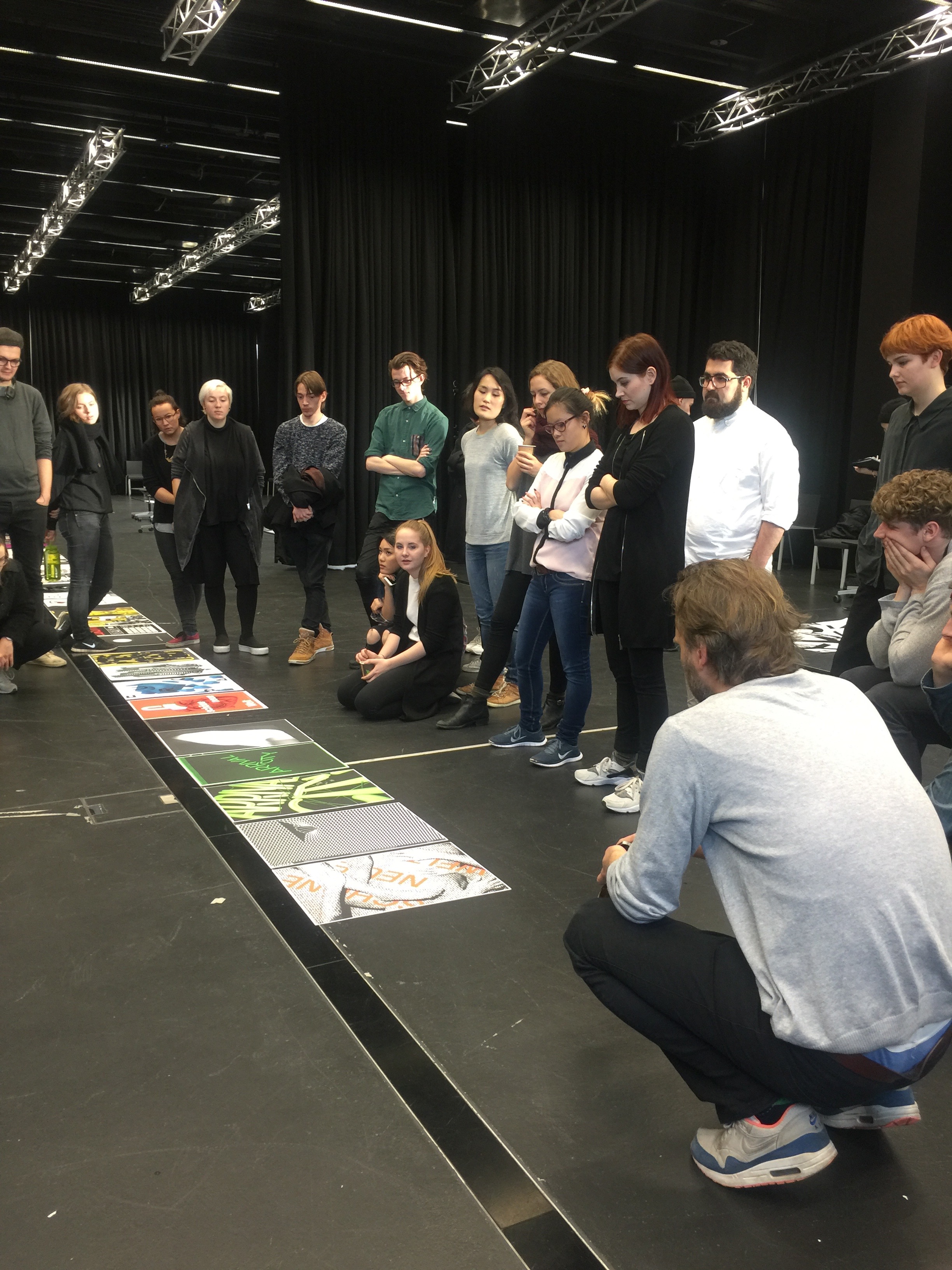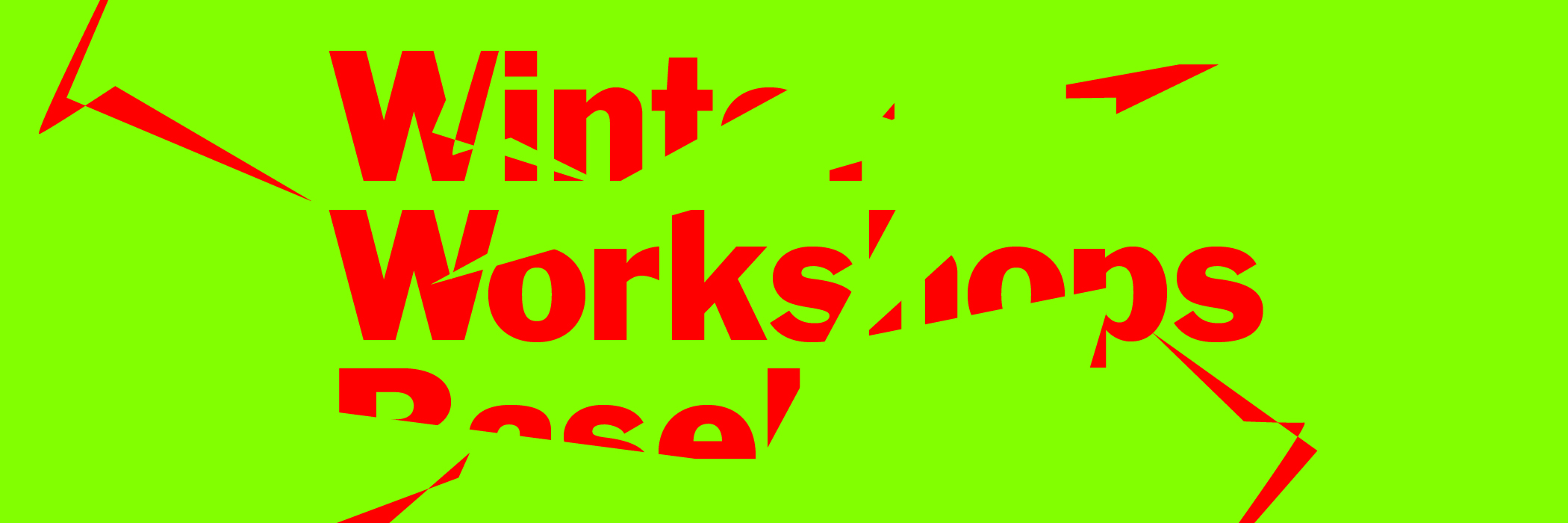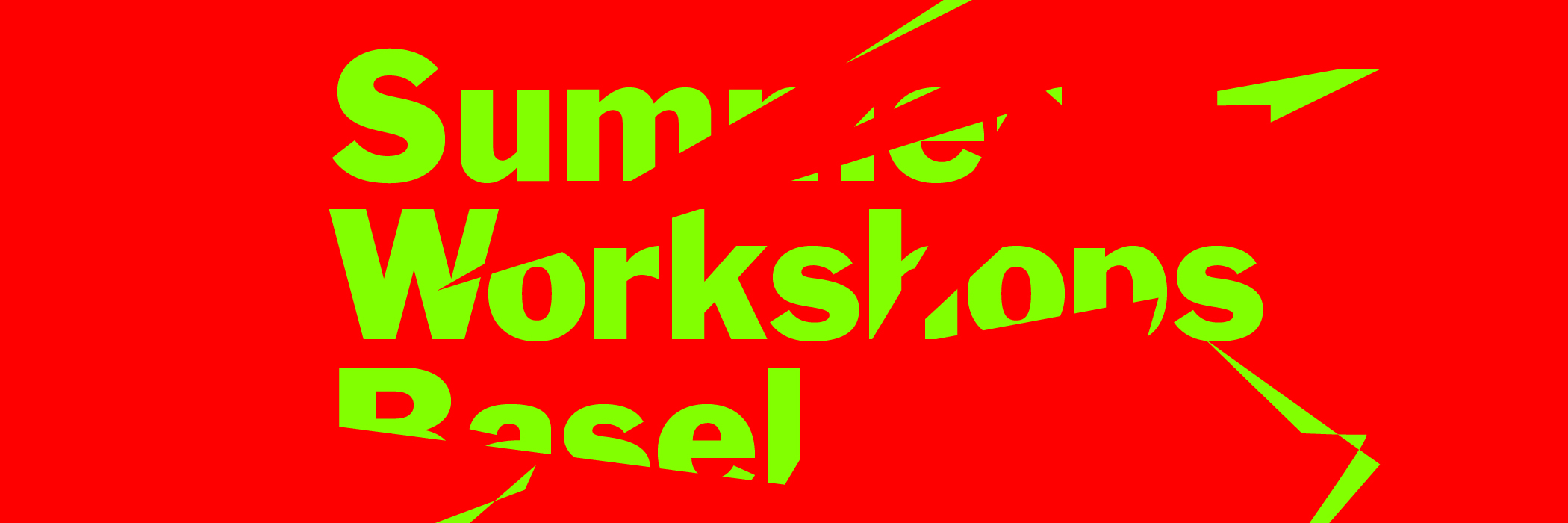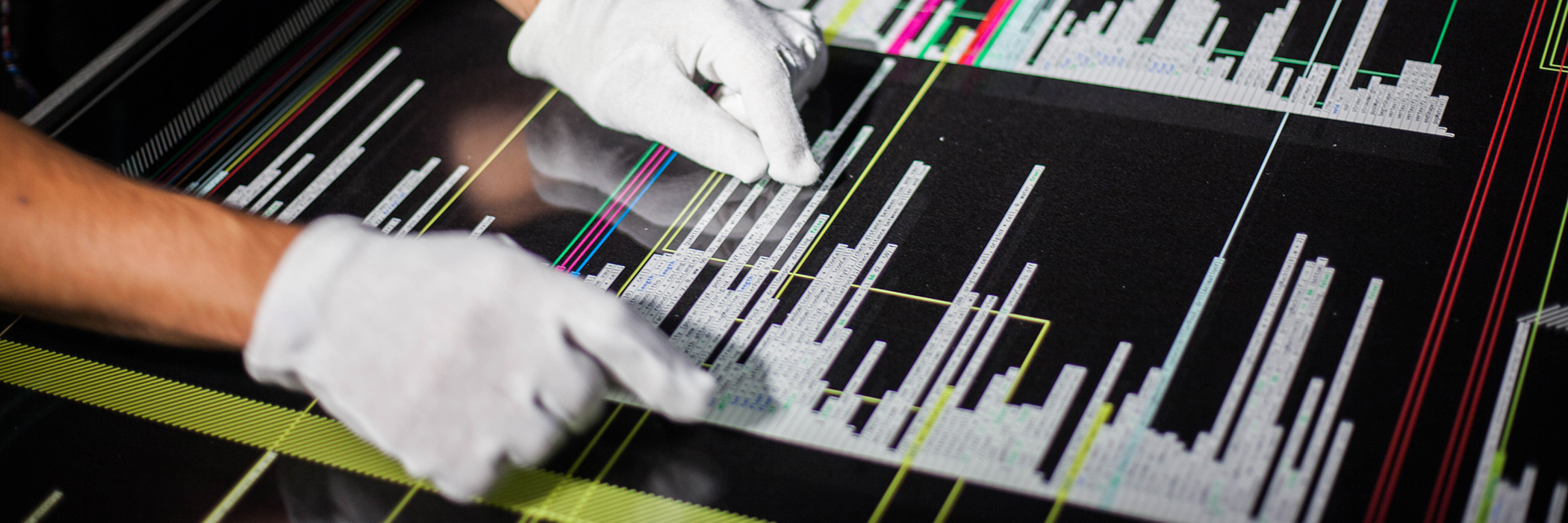Winter Workshops
The Institute Digital Communication Environments (IDCE) offers specific practical skills in analog and digital communication formats in the compact format of Winter Workshops. They take place as part of the continuing education program at HGK Basel and are aimed at master's students, lecturers, and designers.
Key data
- ECTS points
- 2 ECTS per Workshop
- Next start
- January / February
- Duration
- 1 Week per Workshop
- Teaching language
- Englisch / Deutsch
- Place
- Basel
- Fee
- CHF 900 (1 week); CHF 1700 (2 weeks); CHF 2400 (3 weeks); CHF 3000 (4 weeks), 20% discount for students.
- Studying type
- Fulltime
Mobile navi goes here!

No social media links available.


